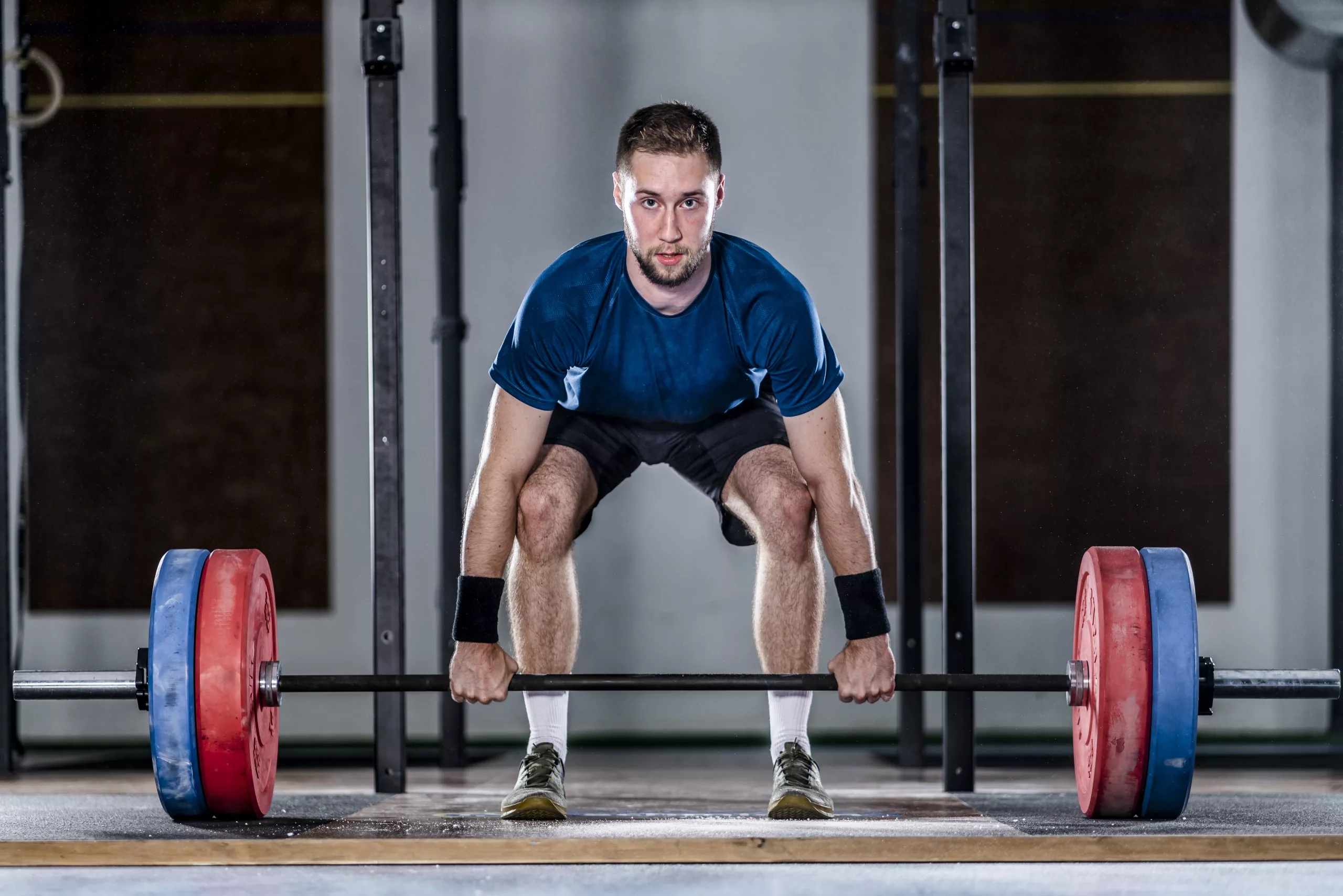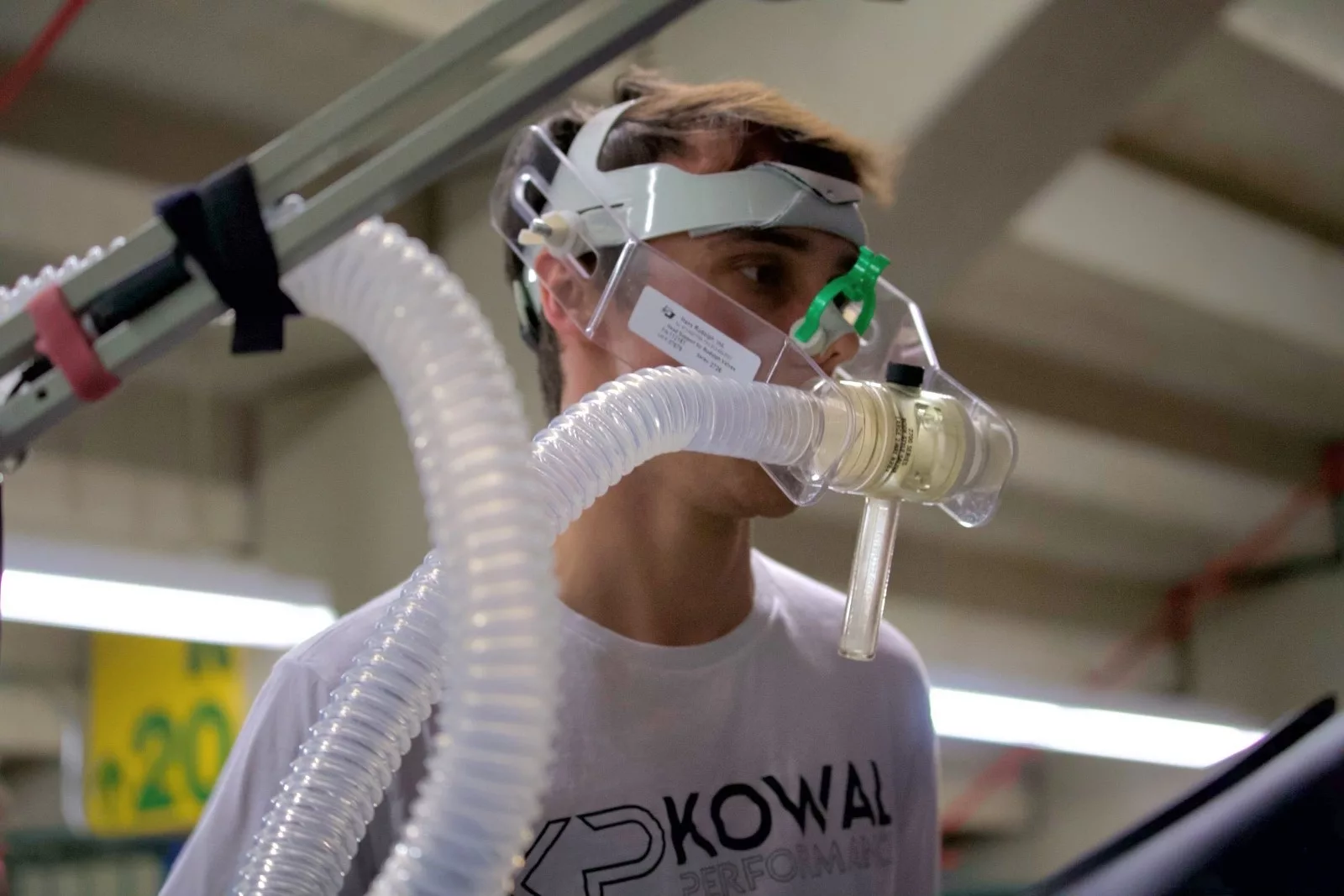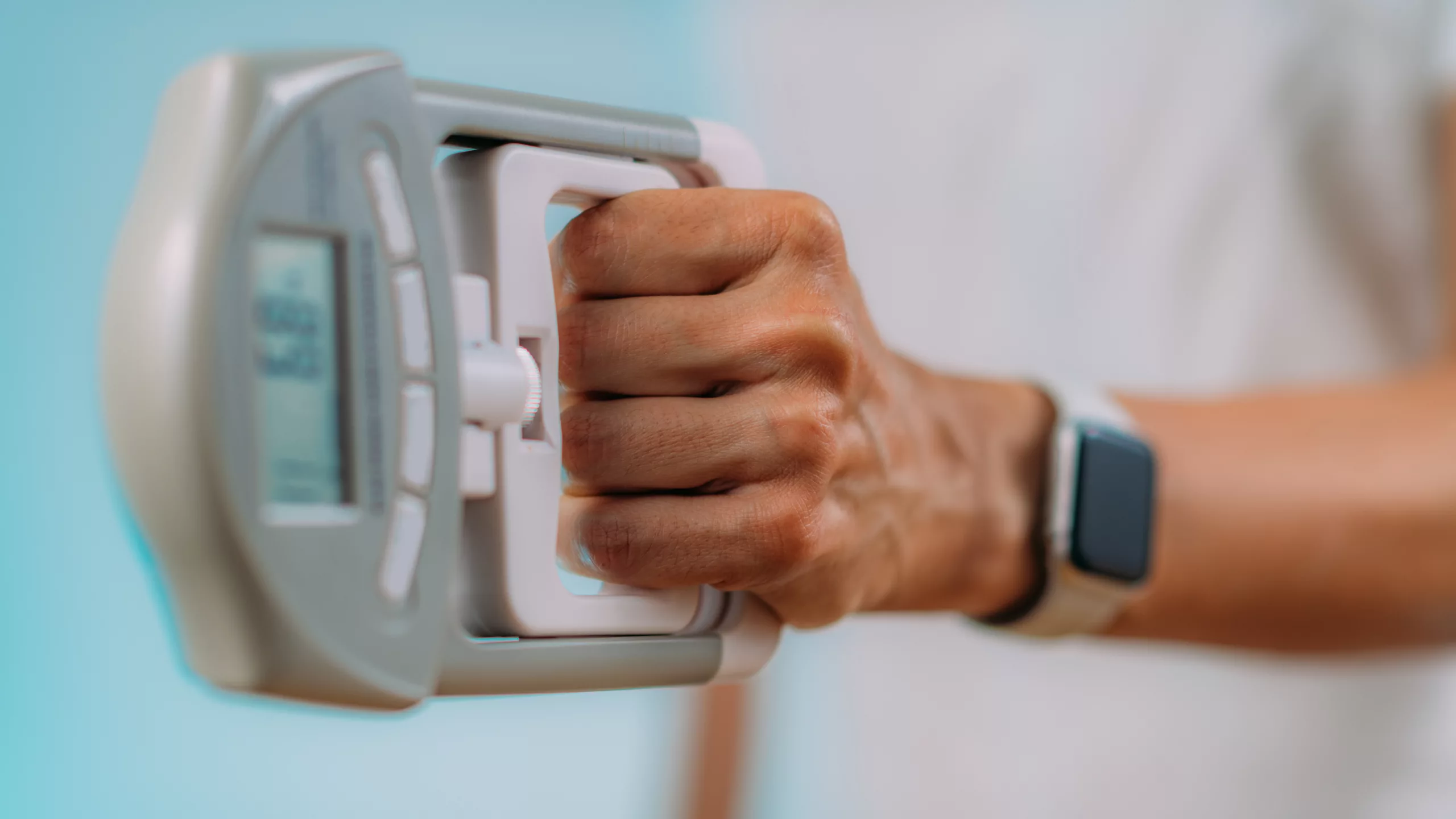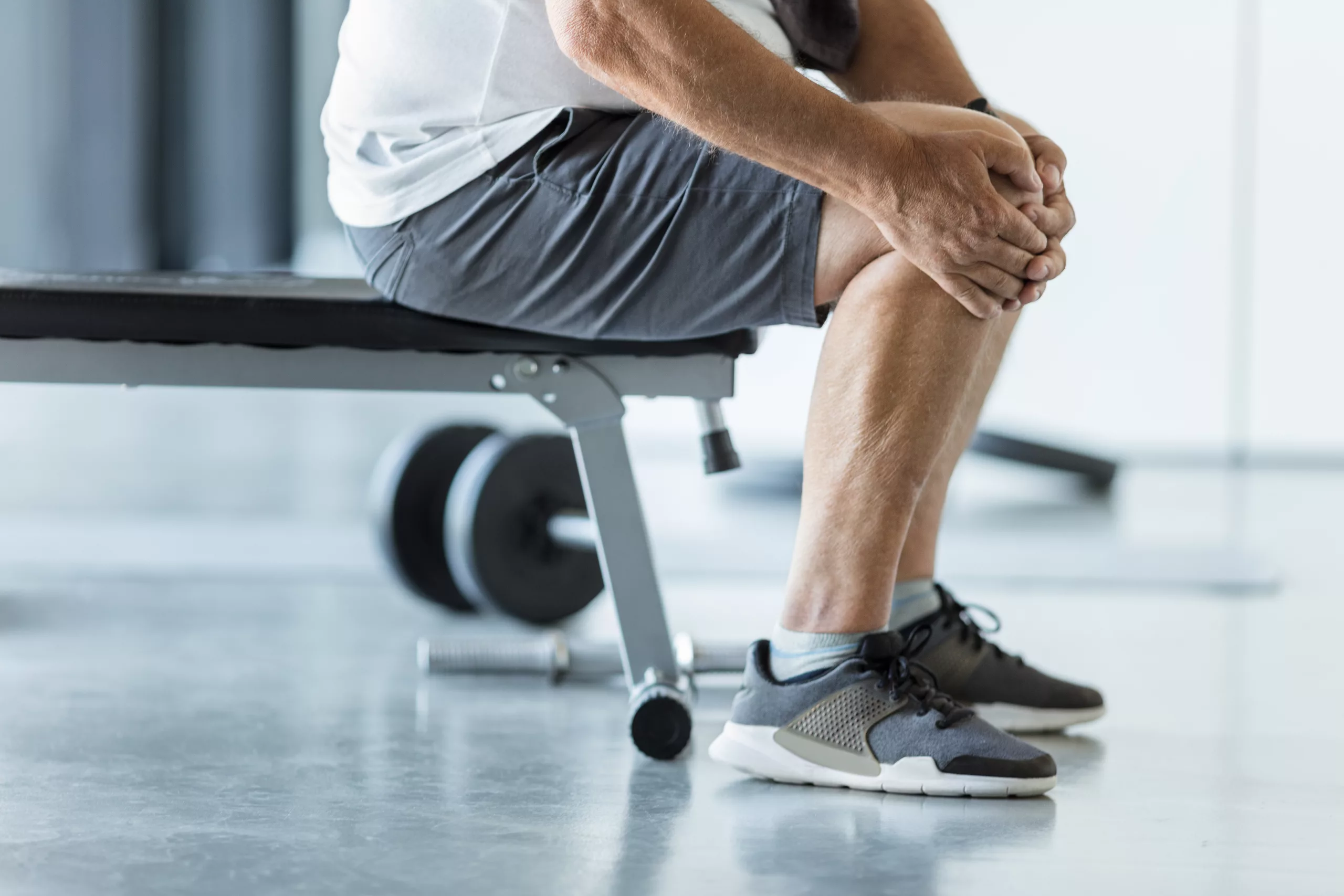Exercise Technique: Barbell Reverse Lunge
The barbell reverse lunge stands out as an excellent lower body exercise in the vast world of resistance training. It is one of many exercises designed to enhance performance, strength, and agility. The barbell reverse lunge movement is ideal for those looking to elevate their exercise by offering a unique blend of balance, strength, and coordination. This article will highlight the proper form and benefits of the barbell reverse lunge.Key Muscles for Barbell Reverse LungeThe barbell reverse lunge is a targeted movement engaging essential muscle groups: Gluteus Maximus (Glutes): The primary driver of hip extension. Quadriceps: Critical for knee extension,
Over-training and Fatigue: Balancing Stress and Recovery for Athletes
To achieve their fitness peak, athletes often push their limits. However, it's important to be aware of the potential of over-training. Over-training and fatigue aren't just terms; they have tangible impacts that can stall an athlete's progress and health. It's essential to balance the push for training benefits with a keen eye on fatigue management for sustained success in sports.Striking the Balance: Training, Recovery, and Optimal PerformanceTraining adaptations, the body's response to exercise that enhances abilities, rely on a fine balance between the right amount of stress from training and recovery to avoid fatigue. Excessive fatigue can disrupt these adaptations,
Running Economy: A Guide for Athletes
Every runner, from those enjoying a leisurely weekend jog to those prepping for a major marathon, shares a common aspiration: enhancing their running prowess. Amidst the plethora of training advice and techniques, which ones truly propel you to your best? Explore the intricacies of Running Economy and discover its pivotal role in your running journey.What is Running Economy?Running Economy is not just about how fast you can sprint or how long you can endure. It's about efficiency. Specifically, Running Economy measures the volume of oxygen (VO2) consumed by a person at a particular speed. Think of it as the fuel
Fine-Tuning Resistance Training: Selecting Reps, Sets, Rest and Weight for Your Goals
For those seeking to enhance muscular fitness, selecting the right weight to lift is only part of the equation. Understanding and adapting key elements like intensity, repetitions, sets, and rest periods is crucial to ensuring that each training session aligns with your goals. This guide will provide you with the information you need to create the right formula of training variables to meet your goals.Exploring Muscular Abilities: Muscular Strength: Visualize a powerlifter lifting a heavy barbell during a personal best deadlift. This is about generating the utmost force in a single effort, typically assessed as a one-repetition maximum. This type
Unlocking Your Squat: How Depth and Load Impact Muscle Activity
Squatting is a fundamental movement in both daily life and athletic training, and has been the subject of extensive research. A pinnacle study by Bryanton et. al. published in the Journal of Strength & Conditioning Research showed how squat depth and load influence how hard different muscle groups work during this movement. In this blog, we will review the findings of this research to provide you with insights on how you might want to approach squatting in your training. But before we dive into the technique and findings, it's essential to understand the anatomy involved and some key biomechanical concepts.Anatomy
VO2 Max: What is it and how do we train it?
VO2 max, often referred to as the pinnacle of aerobic fitness, represents the maximum amount of oxygen an individual can take in and utilize during exercise. Whether you're into running through the many Edmonton trails, riding our beautiful river valley, or just general fitness, understanding your VO2 max can provide valuable insights into your cardiovascular health and endurance capabilities.Aerobic vs. Anaerobic Metabolism: What's the Difference?Before diving deeper into VO2 max, it's essential to understand the fundamental differences between aerobic and anaerobic metabolism. These systems provide the body with energy by converting glucose, the body's main source of energy, into ATP,
The Power of Grip Strength: What It Tells Us About Our Health
Living with osteoarthritis (OA) can be challenging, as the presence of pain due to OA symptoms often leads to changes in muscle activity and the way we move. However, there is a powerful tool that can help you manage these symptoms and improve your quality of life: exercise.
Unlocking Your Cycling Potential: The Power of Strength Training
How to Get Better at Cycling: A Symphony of Strength and PrecisionCycling isn't just a sport; it's a symphony of strength, endurance, power, and precision. If you're an experienced cyclist looking to boost your performance during the long winter season, consider adding strength and power training to get better at cycling.The Intersection of Strength and CyclingTo elevate your cycling prowess, combining resistance training with aerobic conditioning is key. But many highly trained endurance cyclists wonder: Does strength and power training truly enhance their performance? Meticulous and purposeful planning holds the answer.Benefits of Resistance Training for CyclistsResistance training offers numerous benefits,
Understanding Meniscus Lesions: Guide to Sharp Knee Pain & Treatment
Are you experiencing a sharp pain in your knee when walking, squatting, or going up and down stairs? It could be a sign of a meniscus lesion. Knee pain is a common complaint amongst many individuals, both young and old, as well as athletes and the general population. One of the often-seen causes is a meniscus lesion. As a provider of physiotherapy in Edmonton, we frequently encounter patients with this knee injury. In this article, we’ll delve into what a meniscus lesion is, its causes, symptoms, and how physiotherapy can help alleviate the pain and aid in recovery.Defining the Injury:
Physiotherapy for Lumbar Disc Herniation: A Basic Guide
Back pain is a common complaint that many people experience, but not all back pain is the same. One specific type of back injury that can cause significant discomfort is the lumbar disc herniation. If you've ever felt a sharp pain when moving or bending, or experienced persistent lower back pain, with or without pain into your legs, you might be dealing with this condition. Let's dive into the details.Anatomy of the lumbar discImagine the discs in your spine as jelly-filled donuts. The outer part, known as the annulus fibrosus, is like the dough, while the inner part, the nucleus









